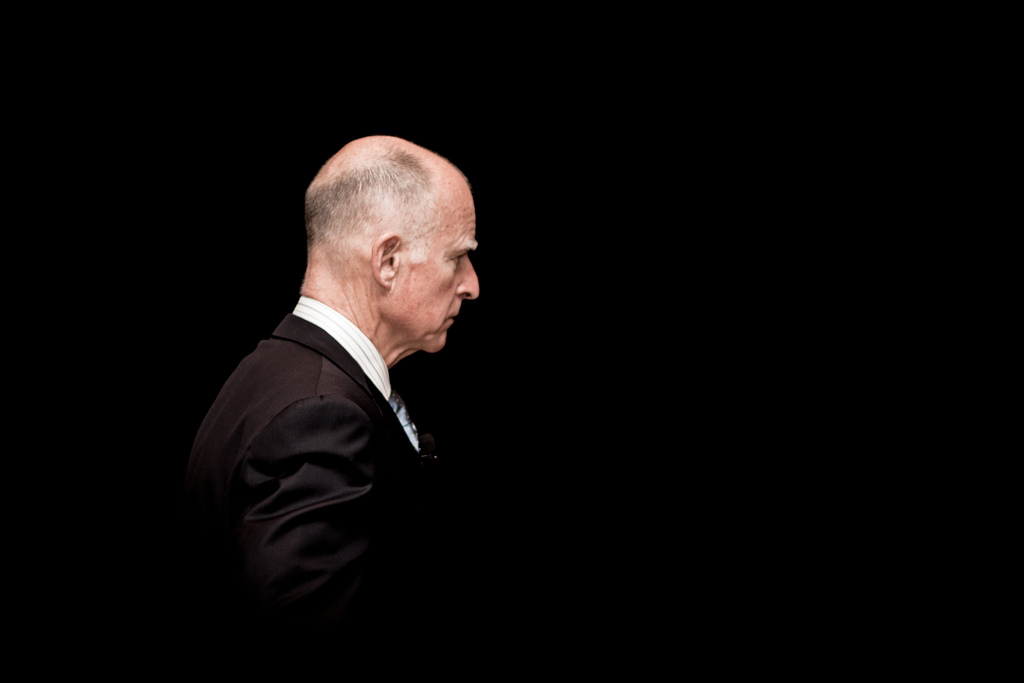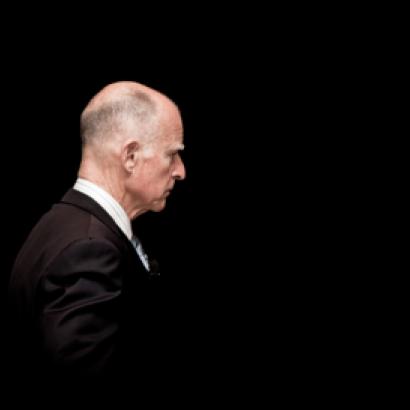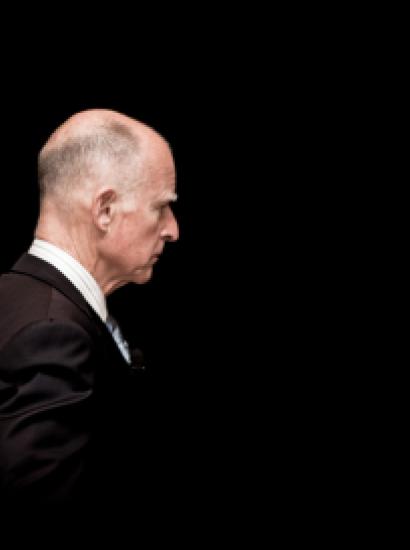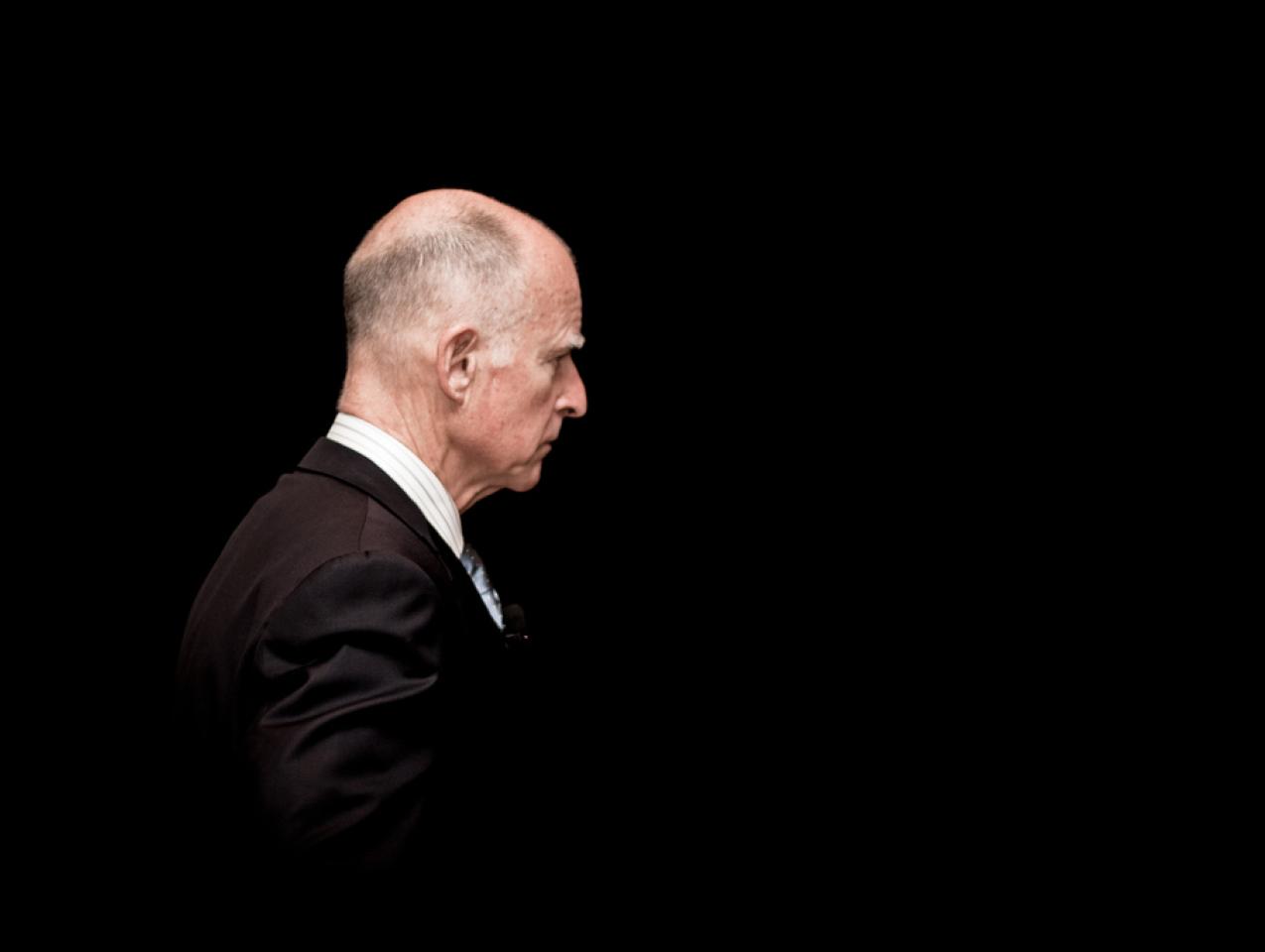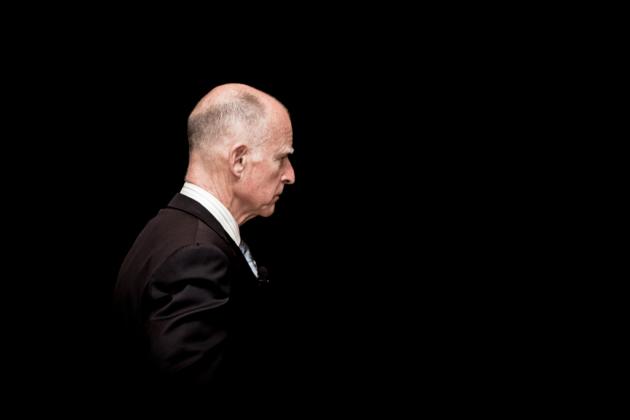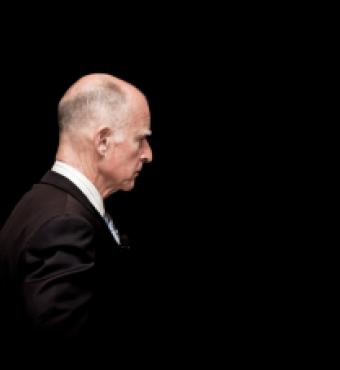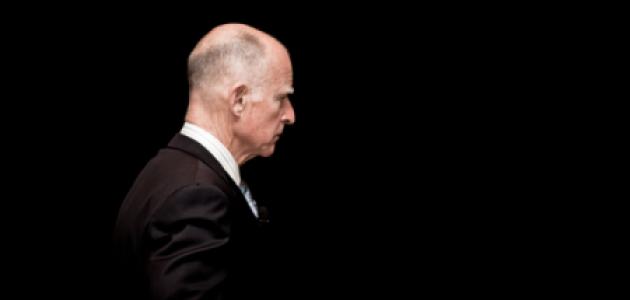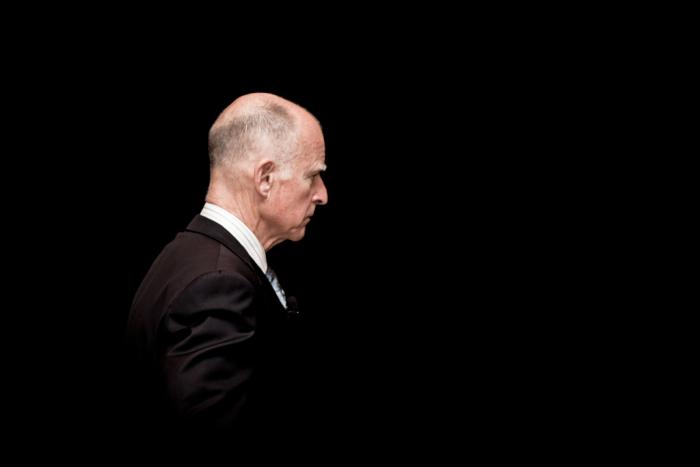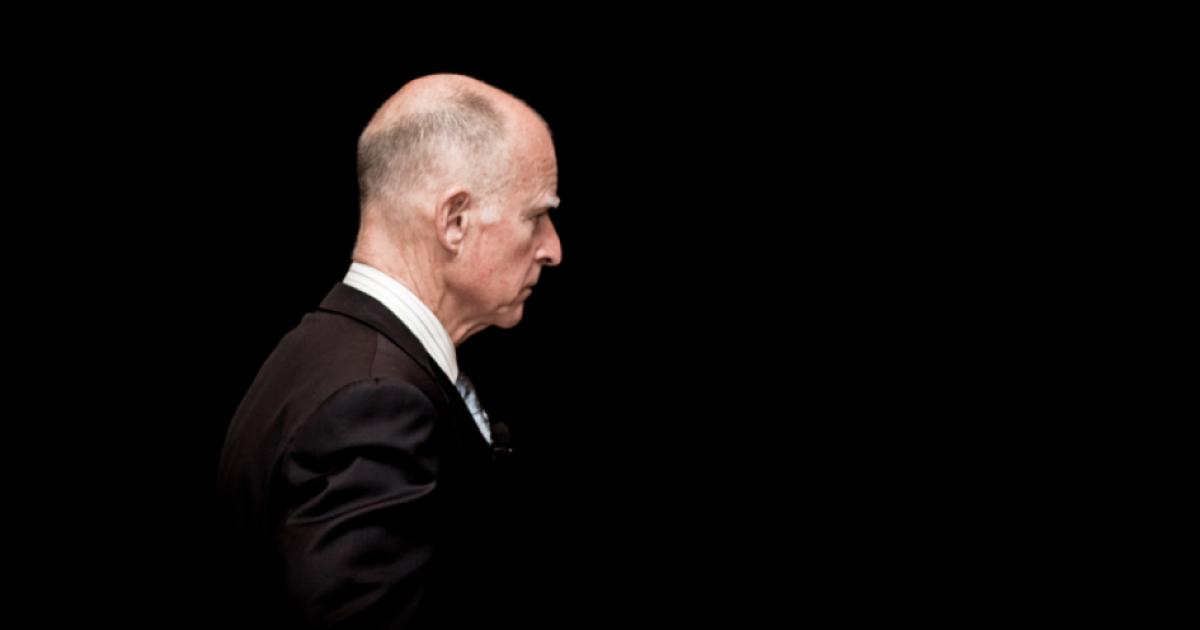- Politics, Institutions, and Public Opinion
- State & Local
- California
Editor’s Note: Earlier this month, the Hoover Institution’s Golden State Poll—a partnership between Hoover and the online polling firm YouGov—surveyed 1,000 Californians on economic and political issues.
Jerry Brown is going to win on November 4, that we know. Based on the Hoover Institution’s recently released October 2014 Golden State Poll (see here for more details), Brown has a 17 point advantage over his Republican challenger, Businessman Neel Kashkari, among self-reported registered voters, just a few points better than the margin by which Brown beat Republican Meg Whitman in 2010 (using the two-party vote share). This should come as no surprise to anyone. Brown’s campaign war-chest is over 23 times the size of Neel Kashkari’s and Brown has enjoyed approval ratings above 50% since the winter of 2013. Moreover, while turnout will likely be down, the partisan breakdown of the November electorate will likely be in line with 2010.
But Brown can’t credit a so-called “California comeback” for his pending victory. Indeed, any sort of true economic comeback remains elusive.
As of September 2014, California’s unemployment rate is 1.4 points above the national rate and has the distinction of being the fourth worse rate in the nation. More holistically, California’s U6 unemployment rate—which includes marginally-attached workers—is 16.2%, tied for worst in the country. And more granularly, California’s “two states” are reporting two different unemployment rates: coastal counties have an unemployment rate of 6.4% and inland ones are suffering with an 8.3% unemployment rate.
Even more troubling, California’s economy isn’t growing at a sufficient rate to meet population demands. Since 2009, California’s real GDP growth has underperformed the nation by an average of 0.2 percentage points. Indeed, California’s average four-year real GDP growth of 1.8% is about half the rate the state experienced coming out of the dot-com-bust recession. This has led to California’s job market underperforming by about 1 million jobs and the state still burdened with roughly 311,000 more people unemployed than at the start of recession. California requires more aggressive growth rates than was previously acceptable to boost its labor market adequately.
Any one of these statistics alone should be troubling for an incumbent Governor heading into Election Day. And indeed, Governors in other states with better economic outlooks are suffering electorally. For instance, Wisconsin’s unemployment rate is about a half-point better than the national average, but Republican Scott Walker is locked in a tough re-election bid. In the northeast, Democrat Dan Malloy, even despite the Democratic trends of Connecticut, is struggling to fend off critiques regarding the Nutmeg State’s unemployment rate being a half-point above the national rate.
One explanation for the disparity between California’s lackluster recovery and Governor Brown’s standing in the polls is that Californians, despite the evidence, feel like the state is recovering. But the October Golden State Poll finds low levels of economic confidence, which is in line with the previous three surveys (see here, here, and here). 32% of Californians say they are worse off financially than a year ago (compared to 19% saying they are better off) and 51% say they will be financially the same in the next six months.
This lackluster sentiment extends to the state’s labor market. Among those employed, almost half are not confident in their ability to find another job in California within six months that pays equally as well. Overall, Californians equally feel that the state is both worse off and better off than a year ago. It is evident that Californians are not feeling the much-ballyhooed “California comeback,” and instead suggests that Jerry Brown should be in, at least, a somewhat competitive race.
Another possible explanation is that his handling of the budget and economic crisis has bought him tremendous goodwill with voters. Here again, however, the Hoover October Golden State Poll suggests otherwise. The poll asked respondents to rank priorities the Governor of California should focus on in 2015. Among self-reported registered voters who named strengthening the state’s economy as the highest priority, Governor Brown’s lead over Neel Kashkari shrinks to just 9 points. Those who placed weight on California’s long-term debt burden (ranking it as either the first, second, or third priority) favor Kashkari over Brown by 23 points. And even among those who placed priority on balancing the budget, Kashkari leads by 10 points. If Brown had goodwill with voters on these issues, he should be winning them by, at least, 16 point margins.
There are, however, two possible theories why Jerry Brown is winning despite a lackluster economic recovery.
Being associated with Sacramento isn’t a good thing in California politics. Californians, by a margin of 9 points, disapprove of the state legislature’s performance; of those who hold strong positions, Californians by almost 3-to-1 strongly disapprove of those under the Golden Dome. If Governor Brown’s term had been closely associated with legislative Democrats, he probably wouldn’t be doing so well, but he cultivated an “adult-in-the-room” persona when dealing with the legislature (even if his veto rates suggest this is more political posturing than a true ideological break).
One clear example is his ambiguity regarding Senate Constitutional Amendment 5 (SCA 5), which would have reversed Proposition 209, a ballot initiative passed in 1996 that eliminated affirmative action in California’s universities. The amendment died in the Assembly due to Asian Democrat opposition, but newly-installed Senate President Pro Tem, Kevin De León, has vowed to push the issue again in the next session. This sort of distancing from the nation’s most liberal state legislature is smart; Hoover’s October 2014 Golden State Poll found 52% oppose SCA 5.
The other theory, and it relates to the one just mentioned, is Brown’s remarkable political skill, knowing exactly which issues to champion, which to run from, and when to do so. In the lead-up to his 1978 re-election, Brown performed one of the most adept political flip-flops, going from staunchly opposing Proposition 13 to enthusiastically implementing it after it passed with 65% just months before his re-election. In 2012, he used political tailwinds skillfully to surprise many by easily passing Proposition 30—a tax increase in a state where voters tend to be adverse to tax increases. And this year, his entire gubernatorial campaign is focused on convincing voters to support and pass Propositions 1 and 2—both are policies that highlight his well-cultivated image of frugality and long-term thinking.
And Hoover’s Golden State Poll suggests that Brown again finds himself on the right side of public opinion. Californians are evenly split, 46% to 47%, on the future of Proposition 30: half want it to either be repealed or allowed to expire as scheduled, while the other half are okay extending it or making it permanent. This is a testament to Brown’s ability to make a strong case for a tax increase in a state that typically approves tax restrictions.
Brown, also smartly, neutralizes possible tripping points, like California’s political third rail: Proposition 13. Recently, talk of a split roll—removing the cap on business property tax increases—has given Republicans much fodder in the 2014 election. And a plurality of Californians (43%) remain opposed to the idea of a split roll, but Brown, who has been known to support split roll policies in the past, has recently talked in almost-lamenting terms about revisiting this debate.
And as mentioned, Brown’s re-election message is firmly rooted on passing Proposition 1 (the water bond) and Proposition 2 (the rainy-day fund). Proposition 1 appears headed for victory (52% in support), but Proposition 2 is in a bit more precarious position (just 47% support). Conventional wisdom suggests ballot propositions should be over 50% going into Election Day as undecided voters typically break toward the “no” side. The lag on Proposition 2 is likely due to the 3-year drought making the water bond a more immediate concern with voters, while voters’ short memory spans give stabilizing California’s notoriously volatile budget less urgency. But by putting his roughly $27 million war-chest behind Proposition 2, Brown will inundate Californians with his talking points in the remaining days before November 4, which can go a long way to neutralizing a sluggish “California comeback.”
Brown will be elected to a fourth term in spite of the lackluster California recovery, but his actions alone are not the reason; it is also partly because of the collapse of the opposition. The California Republican Party finds itself incapable to compete statewide. If November’s electorate looks like 2010’s (45% Democratic, 34% Republican, and 21% other), to win statewide a Republican would need 95% of the Republican vote, 10% of the Democratic vote, and upwards of two-thirds of the other vote. According to Hoover’s October 2014 Golden State Poll, Neel Kashkari is only getting 77% of Republicans and is running even with Independents and Others. For a Republican statewide victory, a candidate would need to run a well-financed campaign that motivates Republican voters, while not alienating Independents (and even some Democrats) and challenge a Democrat, who is, preferably not an incumbent, and has flaws and weaknesses. As long as the Republican brand remains toxic statewide, it will remain a difficult formula to solve.
One bright spot for Republicans is that Jerry Brown’s re-election focus is on himself and Propositions 1 and 2. Neither will drive turnout or aide Democrats down-ballot. This gives Republicans a chance to prevent a sustained Democratic super-majority in the Assembly and Senate and provides openings for two down-ballot Republicans—State Controller candidate Ashley Swearengin and Secretary of State candidate Pete Peterson. Breaking one-party rule would be to the benefit of all Californians. When and if that happens, Sacramento can begin to focus on trying to promote a real “California comeback.”
For more information on the Hoover Institution Golden State Poll:
- Download a PDF of the crosstabs
- Read the press release
- Read an analytical overview from Eureka







